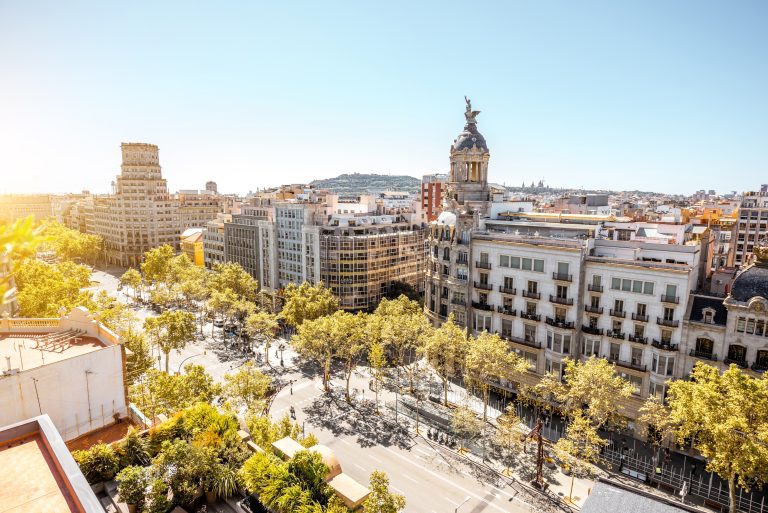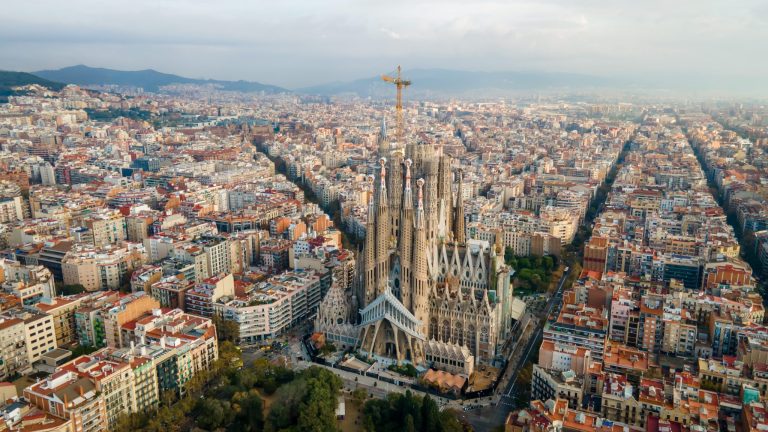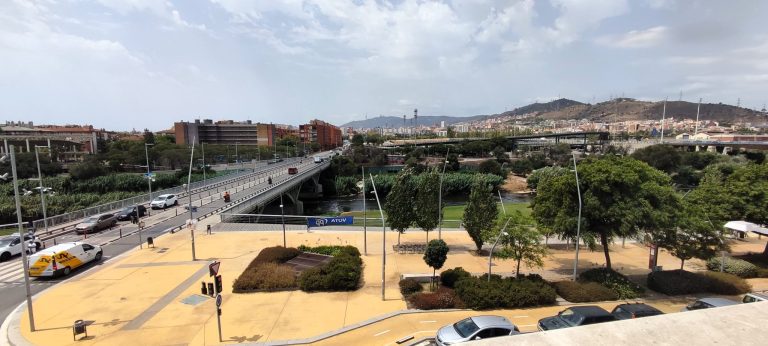Connectivity is the key to the future. Geopolitical futurist Parag Khanna foresees a world in which megacities, supply chains and connective technologies redraw the map away from states and borders. In his new book, Connectography: Mapping the Future of Global Civilization, he redraws the way humanity is organized according to lines of infrastructure and connectivity rather than our antiquated political borders.
“I want you to reimagine how life is organized on earth,” says global strategist Parag Khanna. As our expanding cities grow ever more connected through transportation, energy and communications networks, we evolve from geography to what he calls “connectography.” This emerging global network civilization holds the promise of reducing pollution and inequality — and even overcoming geopolitical rivalries. In this talk, Khanna asks us to embrace a new maxim for the future: “Connectivity is destiny.”
Rethinking borders
He says that this ever-expanding infrastructural matrix already consists of 64 million kilometers of roads, four million kilometers of railways, two million kilometers of pipelines and one million kilometers of Internet cables. What about international borders? We have less than 500,000 kilometers of borders. “Let’s build a better map of the world.” The global connectivity revolution, in all of its forms — transportation, energy and communications — has enabled such a quantum leap in the mobility of people, of goods, of resources, of knowledge, such that we can no longer even think of geography as distinct from it. In fact, I view the two forces as fusing together into what I call “connectography.” Connectography represents a quantum leap in the mobility of people, resources and ideas, but it is an evolution – an evolution of the world from political geography, which is how we legally divide the world, to functional geography, which is how we actually use the world, from nations and borders, to infrastructure and supply chains.
For many people, urbanization causes great dismay. They think cities are wrecking the planet. But right now, there are more than 200 intercity learning networks thriving. That is as many as the number of intergovernmental organizations that we have. And all of these intercity networks are devoted to one purpose, mankind’s number one priority in the 21st century: sustainable urbanization. Cities are learning from each other. How to install zero-emissions buildings, how to deploy electric car-sharing systems. In major Chinese cities, they’re imposing quotas on the number of cars on the streets. In many Western cities, young people don’t even want to drive anymore. Cities have been part of the problem, now they are part of the solution.
We don’t just build connectivity, we embody it. We are the global network civilization, and this is our map. A map of the world in which geography is no longer destiny. Instead, the future has a new and more hopeful motto: connectivity is destiny.
Parag Khanna is an international relations expert and best-selling author. He is a CNN Global Contributor and Senior Research Fellow in the Centre on Asia and Globalisation at the Lee Kuan Yew School of Public Policy at the National University of Singapore. He is also the Managing Partner of Hybrid Reality, a geostrategic advisory firm, and Co-Founder & CEO of Factotum, a boutique content strategy agency.
Source: ted.com Photo: paragkhanna.com






